 Abraham Lincoln
If given the truth, the people can be depended upon to meet any national crisis...
Abraham Lincoln
If given the truth, the people can be depended upon to meet any national crisis...
 Guildford news...
for Guildford people, brought to you by Guildford reporters - Guildford's own news service
Guildford news...
for Guildford people, brought to you by Guildford reporters - Guildford's own news service
Birdwatcher’s Diary No.226
Published on: 24 Feb, 2021
Updated on: 24 Feb, 2021
By Malcolm Fincham
Looking back over the past few weeks, I can’t to my recognition recall such a diverse change in weather in such a short period of time as we experienced during the first weeks of February.
It was a mild start to the month and the resident birds were active. Dartford warblers could already be noted chasing each other around the heathlands.
On rare days of pleasant sunshine, woodlarks could be heard occasionally, even viewed in song, fluttering a little like a skylark with a shorter tail over local heathlands.
Common crossbills could be heard singing in heathland conifers.
Still seen in flocks of a dozen or so, feeding on their staple diet of pine cones.
Occasionally they could be seen dropping to the ground to drink from puddles, to wash down those dry seeds.
In deciduous woodland areas nuthatches had become vocal, calling often high up in the bare tree canopies.
And dunnocks could be seen perched up and in song.
Treecreepers were also in conversation with each other as they ascended their chosen trees, creeping up the tree bark looking for insects. Then flying back down to repeat the operation on their next tree of choice.
Both blue tits and great tits could also be seen prospecting possible future nest sites. Locally, there were notable signs that red kites were pairing up.
While during times of sunshine, common buzzards could be seen circling overhead.
Coots had taken to aggressively be in pursuit of each other, across the water at Britten’s Pond, off Salt Box Road.
While some of the black-headed gulls had already begun to moult into their summer plumage.
Even some of the local cormorants were now starting to come into breeding plumage, as shown in an amusing recent photo sent to me by one of my readers. Such photos are always welcome.
All this was, however, only giving a false optimism that spring was only just around the corner.
There was a beast in the east and it was threatening to head our way! Even the Met Office classified its as a named storm “Darcy”. And on February 7, with gusts exceeding 50 mph in some areas, the Met Office even gave out “yellow snow” warnings.
They soon changed the colour to “amber” however, although still allowing me to time to chuckle childishly when it was first announced. I harked back to a Frank Zappa single Don’t Eat The Yellow Snow, released in 1974.
As forecast, the beastly easterlies all the way from the icy Russian Urals arrived. Although not as cold in southern regions of the UK as we had experienced just a few years back, I wondered, as one does, could these negative North Atlantic oscillations be a product of low solar activity as the sun enters a new cycle?
The Baltic blast soon brought both day and night-time temperatures down to sub-zero. February 11 began with the coldest night in the UK since 1955. In Braemar, Scotland, temperatures had fallen to -23c.
At the Riverside Nature Reserve, near Burpham, although the thermometer hadn’t dropped to those kind of levels, with wind chill included, it felt well below zero during my daily exercise walks.
Redwings and fieldfares, now unable to feed on the frozen soil, continued to deplete supplies of ivy berries.
While blackbirds competed with the wintering thrushes.
Common snipe, appeared to be rather restless due to their usual feeding areas being frozen. I even got lucky with a not-too-out-of-focus picture as one flew across the “scrape”.
As well as a further six or so could be viewed in flight, overhead.
A pair of shoveller ducks were still present on the only remaining unfrozen section of the “scrape”.
An Egyptian goose also flew across the “scrape” taking my attention with the flash of white in its wings.
Later, it could be viewed perched on one leg on the ice.
Three roe deer, one showing its velvet antlers, could also be seen, partially camouflaged.
Across the river in subdued daylight, a kestrel hovered.
The regular sighting of a red kite could be seen circling over the recycling depot.
While a wily old fox, prowled the surrounding brownfield area, earmarked for future development.
Along the track leading towards the recycling depot I picked out the sound of a bullfinch calling. Often seen in pairs, I was surprised to see just one lone male.
Under the swampy sallows that bordered the towpath, teal could still be viewed, now struggling to find areas that remained unfrozen.
Robust to saturated soil, the most common trees lining the River Wey are alders. Growing to heights of well over 20 metres, they are of great food source for siskins.
With a good influx of these birds this winter, flocks of 50 or more could be viewed in recent weeks, feeding on seed cones of one of their favoured trees.
Stoke Lake had partly frozen over by February 12, and a large flock of more than 100 gulls could be viewed standing on the large platform of ice. Mostly observed were black-headed gulls, a few of which had already begun to develop their summer plumage like those on Britten’s Pond.
A few common gulls as well as herring gulls could also be picked out. Lesser black-backs could also be added to the day-list.
To the north of Guildford in the parish of Worplesdon, a firecrest continued to show well on occasions in St Mary’s Churchyard.
While a red kite could occasionally be seen coming into roost there.
At Britten’s Pond the water had mostly frozen across the lake.
A greylag goose gingerly made its way across the ice.
The resident kingfisher had taken to a secluded spot adjacent to the main pond, that was still free of ice.
The light dusting of snow hung around during the cold spell.
A pair of grey herons came in to roost in a tall pine tree close to lakeside.
Although soon evicted by a pair of crows, possibly already starting to claim the area as a nesting site.
Robins gave the appearance of being quite at home with this seasonal weather, as they perched up, singing their mournful song.
Regularly sightings of at least two cormorants continued.
Long-tailed tits continued to be seen in flocks of half-a-dozen or so working they way through trees surrounding the lake.
While nearby, a moorhen had found its place to roost for the night.
And a pair of mute swans, silhouetted in the diminishing sunlight, stood in resilience to the coldness.
Just down Salt Box Road from Britten’s Pond on the cold, sandy heathland soil of Whitmoor Common a dusting of snow was still present.
Working their way through some of the taller silver birches there, lesser redpolls could be seen feeding on their seed cones.
As afternoon light began to fade a flock of linnets gathered in one of the taller silver birches. Having checked their surrounding and satisfied it was safe, they glided down in small groups into the thick cover of the gorse below to roost.
My personal concerns were for the welfare of the Dartford warblers I had recently seen chasing each other across the heathlands. The are particularly susceptible to harsh winters, being dependant on insects to feed on. I hadn’t seen any since winter had gnashed its teeth.
Within just a day the weather had changed as a southerly breeze pushed north. Mild weather had returned. With fingers crossed and with baited breath, I hoped that I will be able to include further Dartford warblers in my next report.

See Dragon story: GBC’s Explanation of Major Land Sale Notice Error ‘Borders on Arrogant’ Says Councillor







Recent Articles
- Letter: We Need a Plan Residents Can Support
- ‘Guildford Green Day’ Announced
- Letter: GBC Seems to Lack a Vision for Guildford
- Pro-Palestine Protest ‘Disrupted By Agitators’ in Guildford High Street
- Carpentry Students Build Storage Area for Children’s Hospices’ Charity Shop
- Awards Presented to Community Volunteers
- Notice: Surrey New Writers Festival – May 18
- Great Post Office Scandal Reporter Coming to Guildford
- Woking Wipeout for Conservative Councillors
- City and Manager ‘Part Company’ After Slide in Results


Search in Site
Media Gallery
Dragon Interview: Local Artist Leaves Her Mark At One of England’s Most Historic Buildings
January 21, 2023 / No Comment / Read MoreDragon Interview: Lib Dem Planning Chair: ‘Current Policy Doesn’t Work for Local People’
January 19, 2023 / No Comment / Read MoreA3 Tunnel in Guildford ‘Necessary’ for New Homes, Says Guildford’s MP
January 10, 2023 / No Comment / Read More‘Madness’ for London Road Scheme to Go Ahead Against ‘Huge Opposition’, Says SCC Leader
January 6, 2023 / No Comment / Read MoreCouncillor’s Son Starts Campaign for More Consultation on North Street Plan
December 30, 2022 / No Comment / Read MoreCounty Council Climbs Down Over London Road Works – Further ‘Engagement’ Period Announced
December 14, 2022 / No Comment / Read MoreDragon Interview: GBC Reaction to the Government’s Expected Decision to Relax Housing Targets
December 7, 2022 / No Comment / Read MoreHow Can Our Town Centre Businesses Recover? Watch the Shop Front Debate
May 18, 2020 / No Comment / Read More



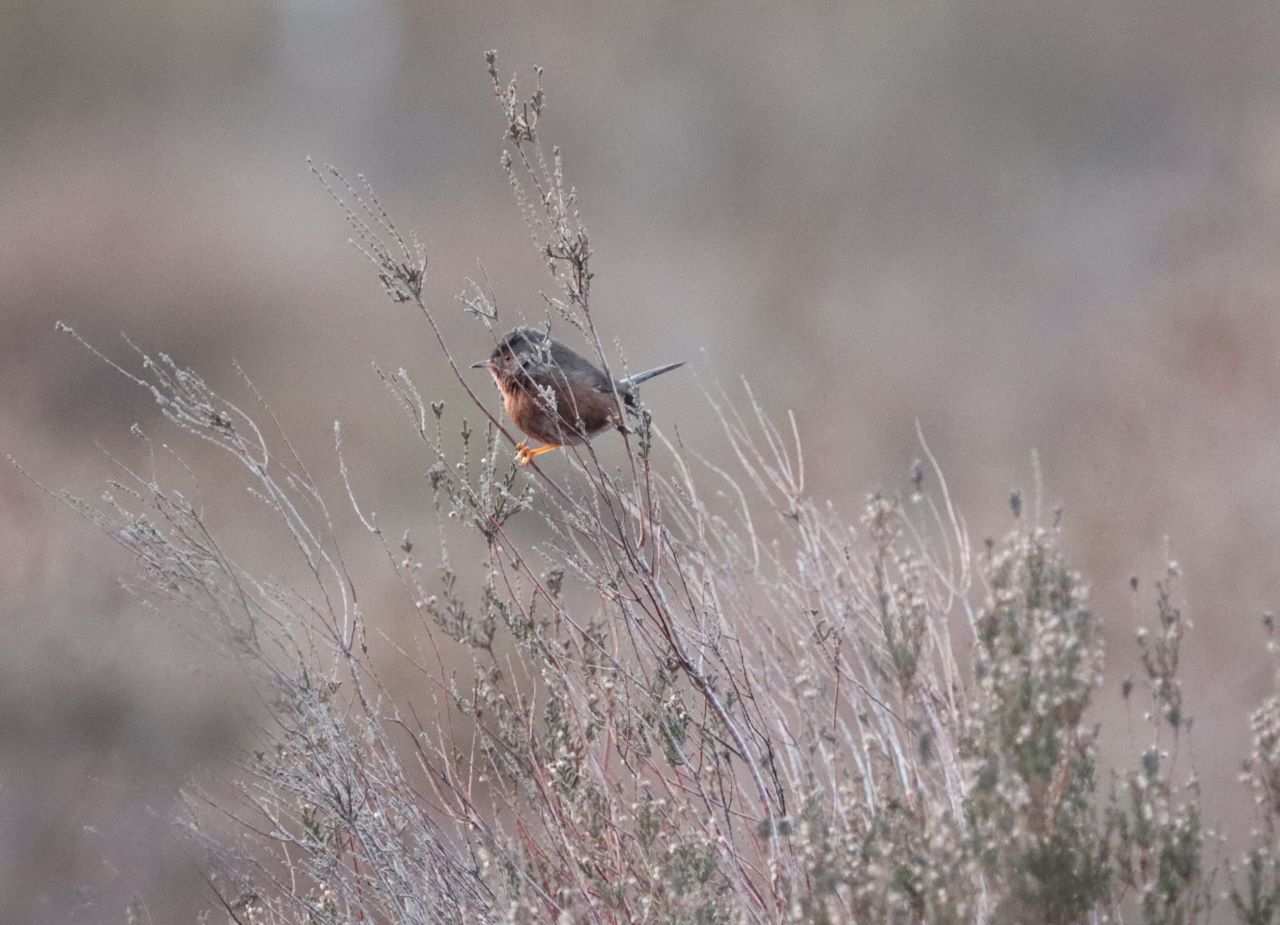

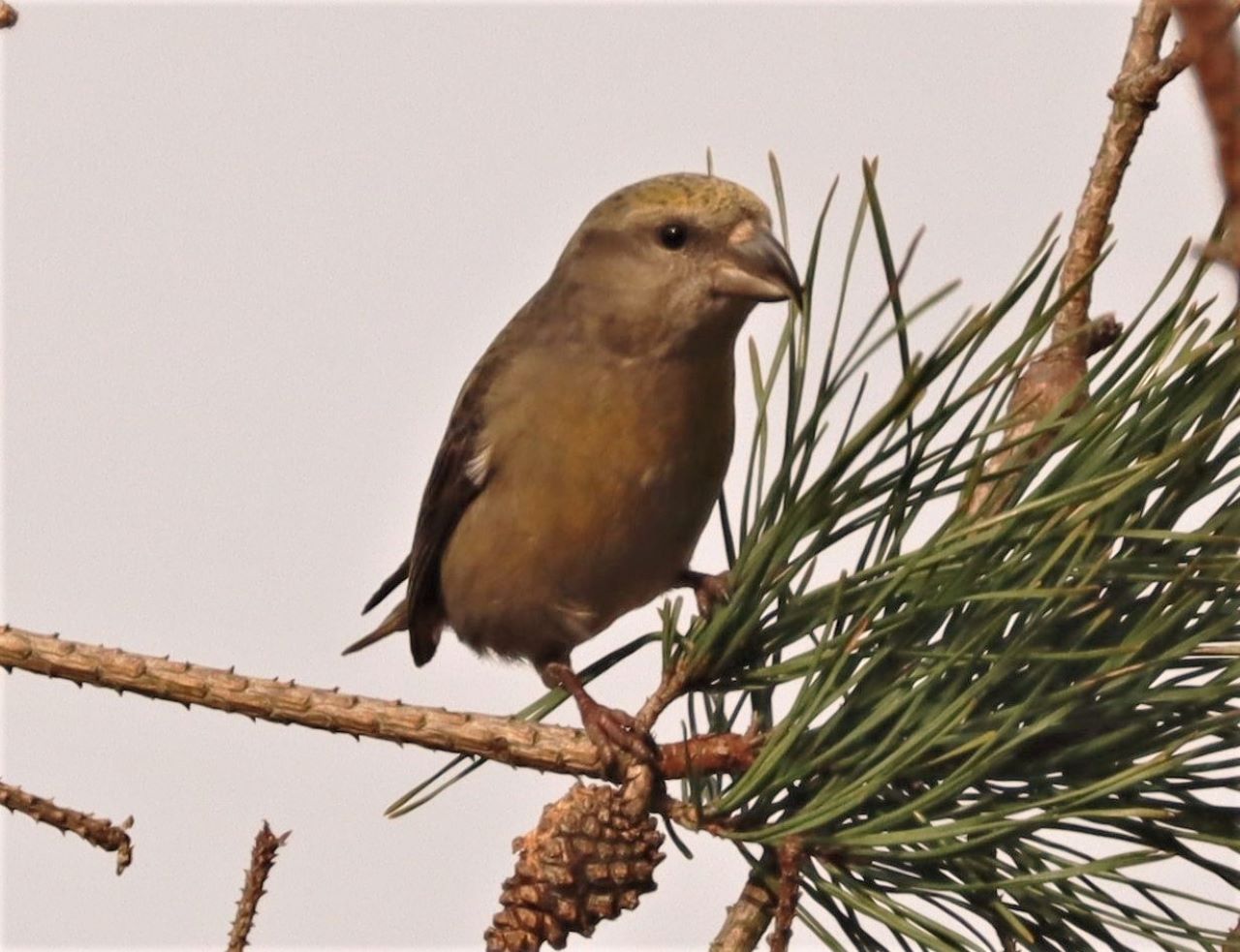
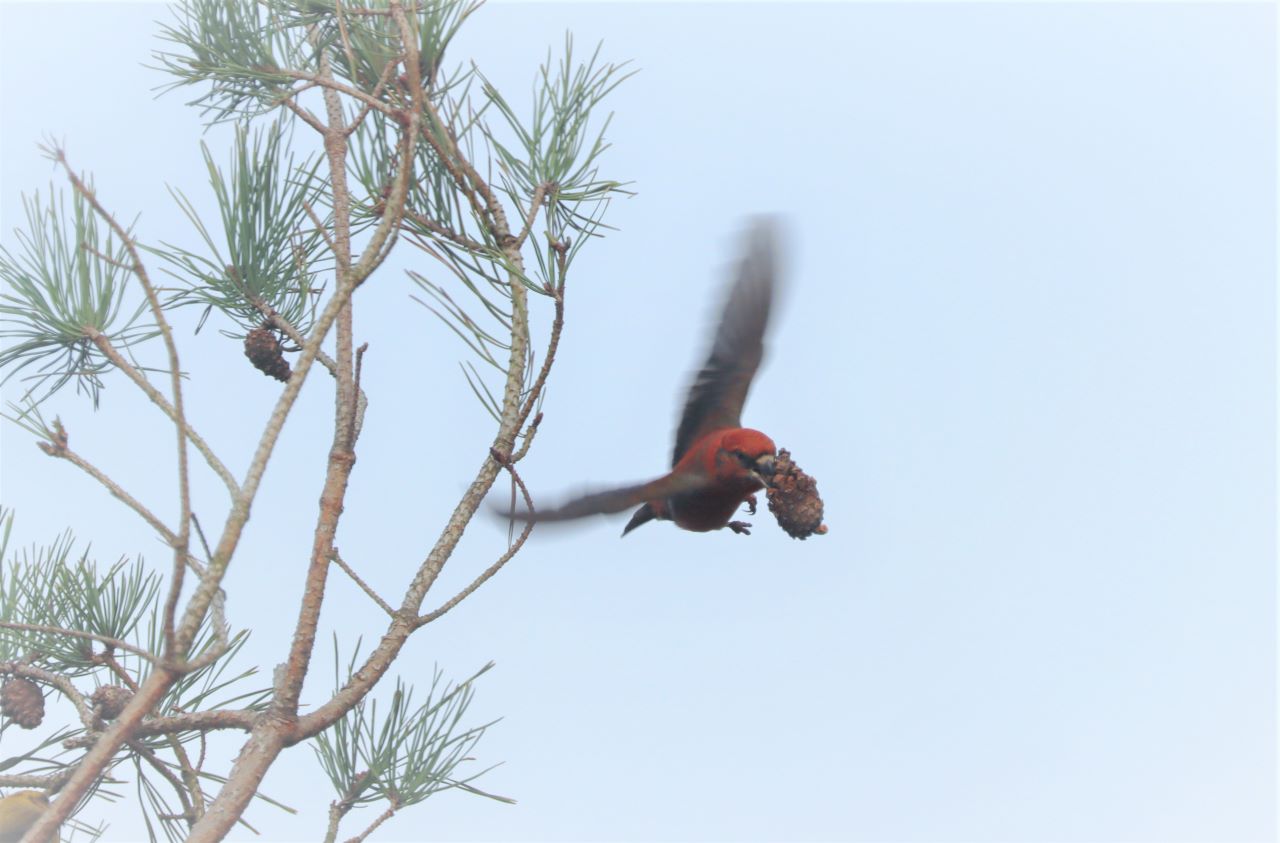
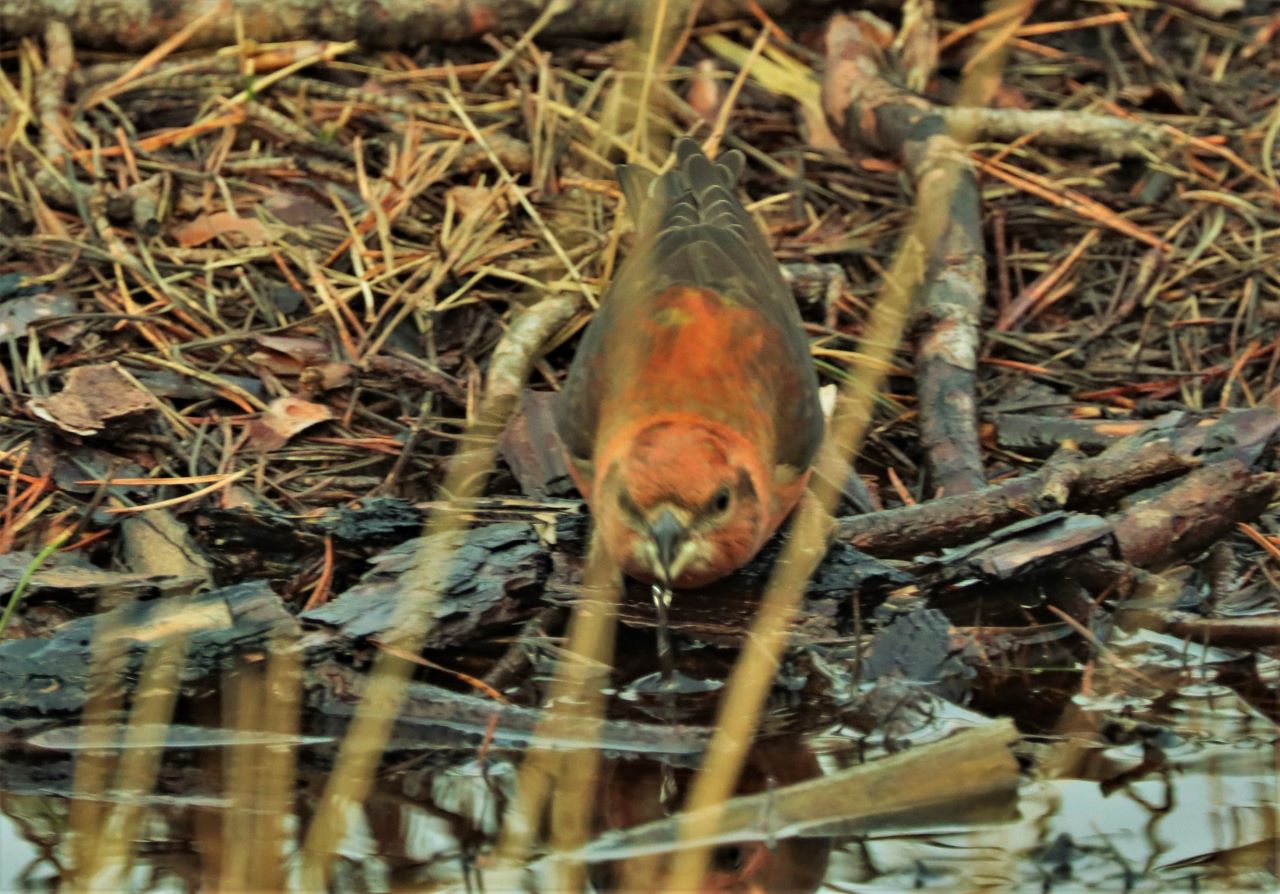
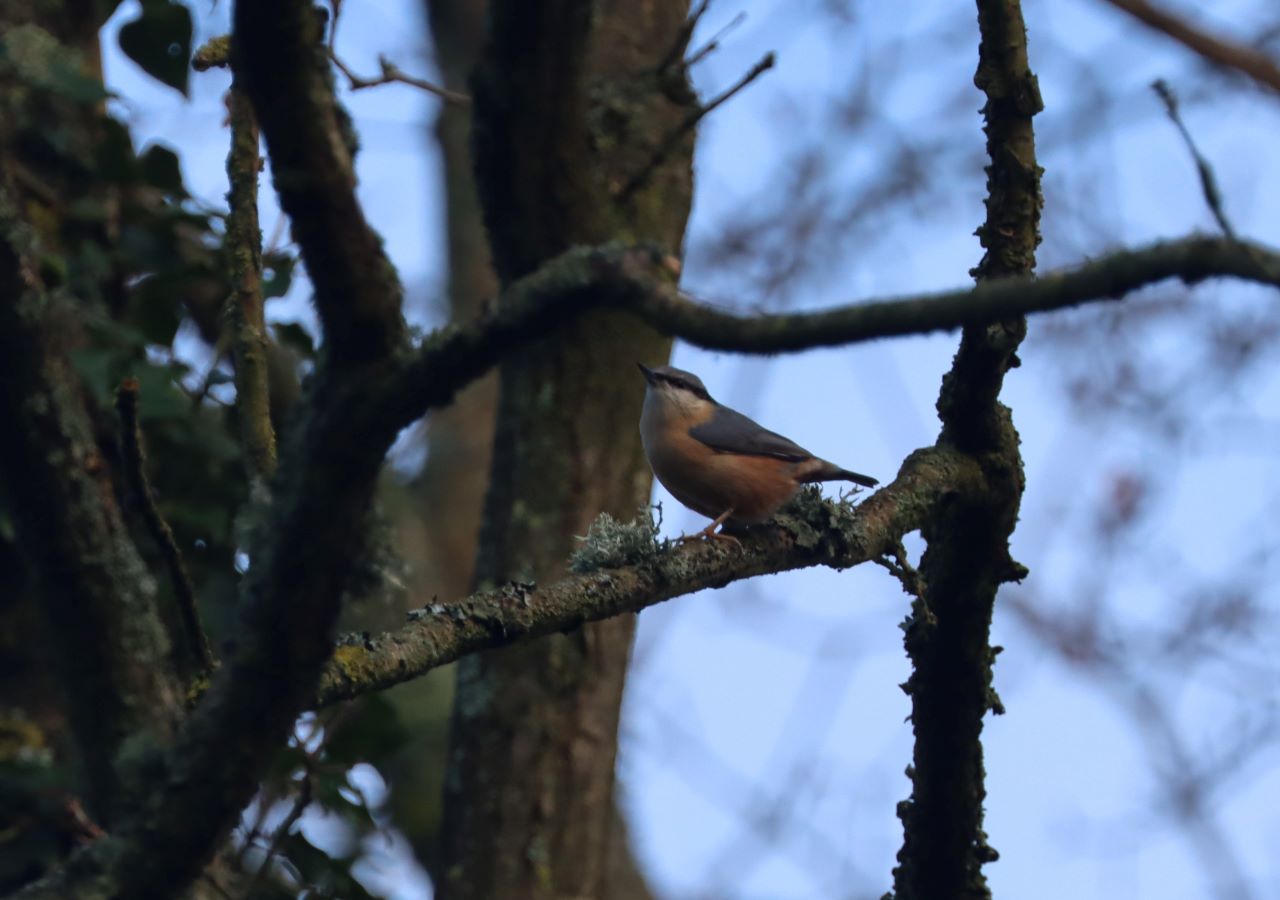
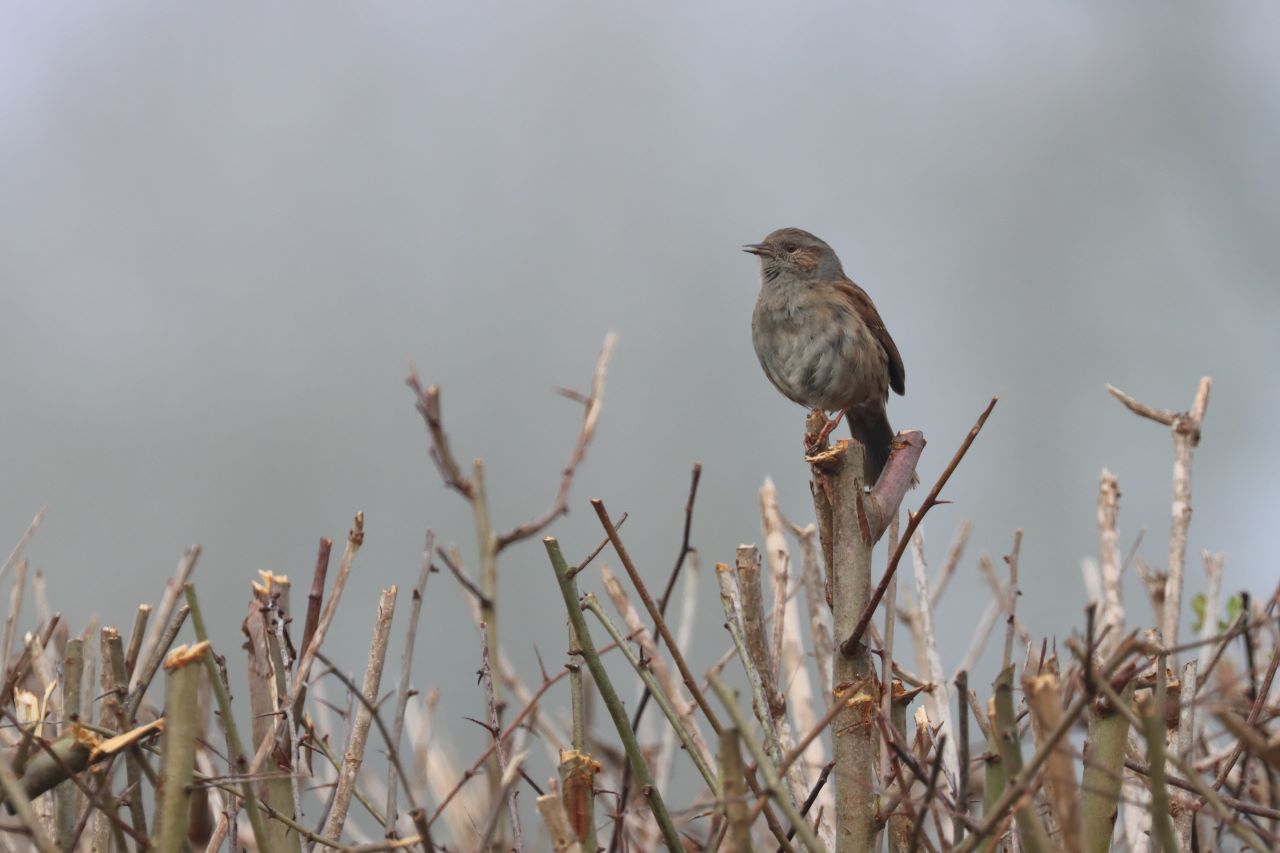


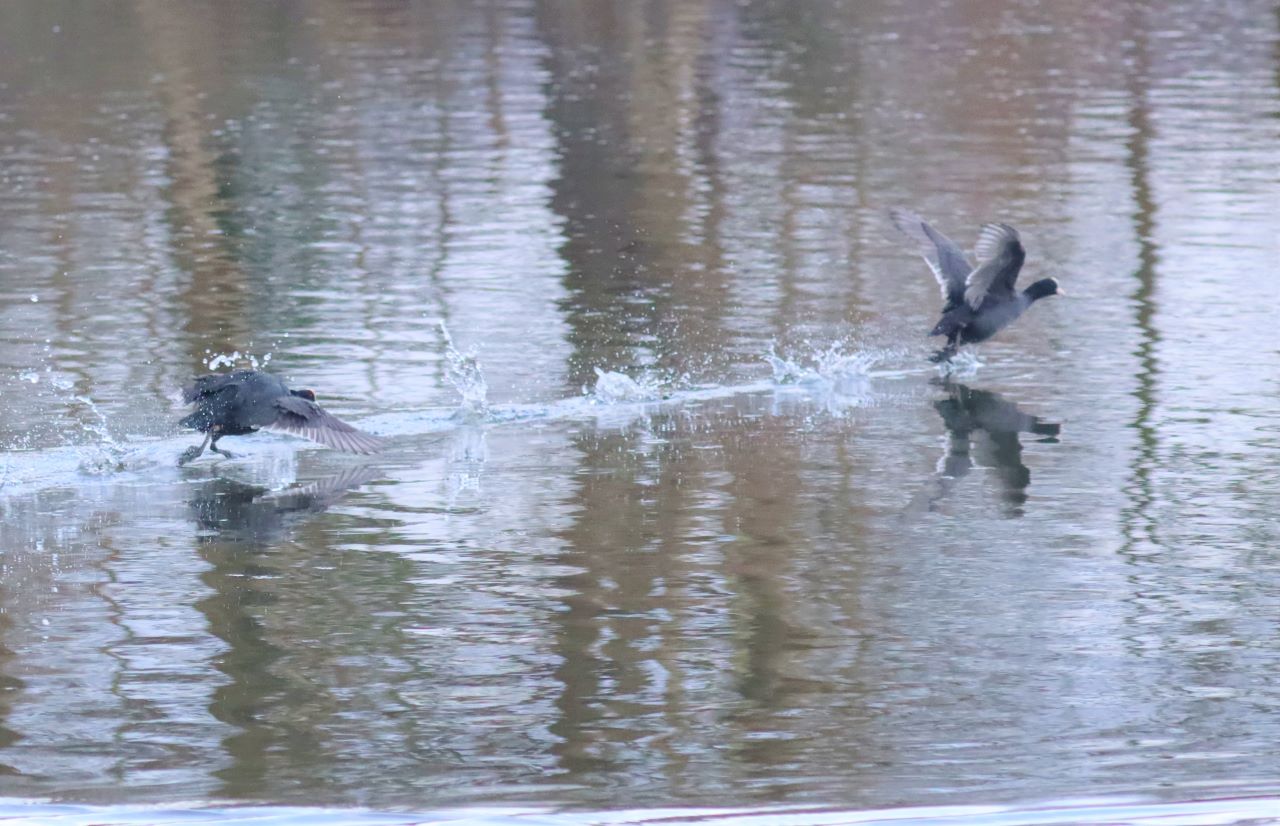

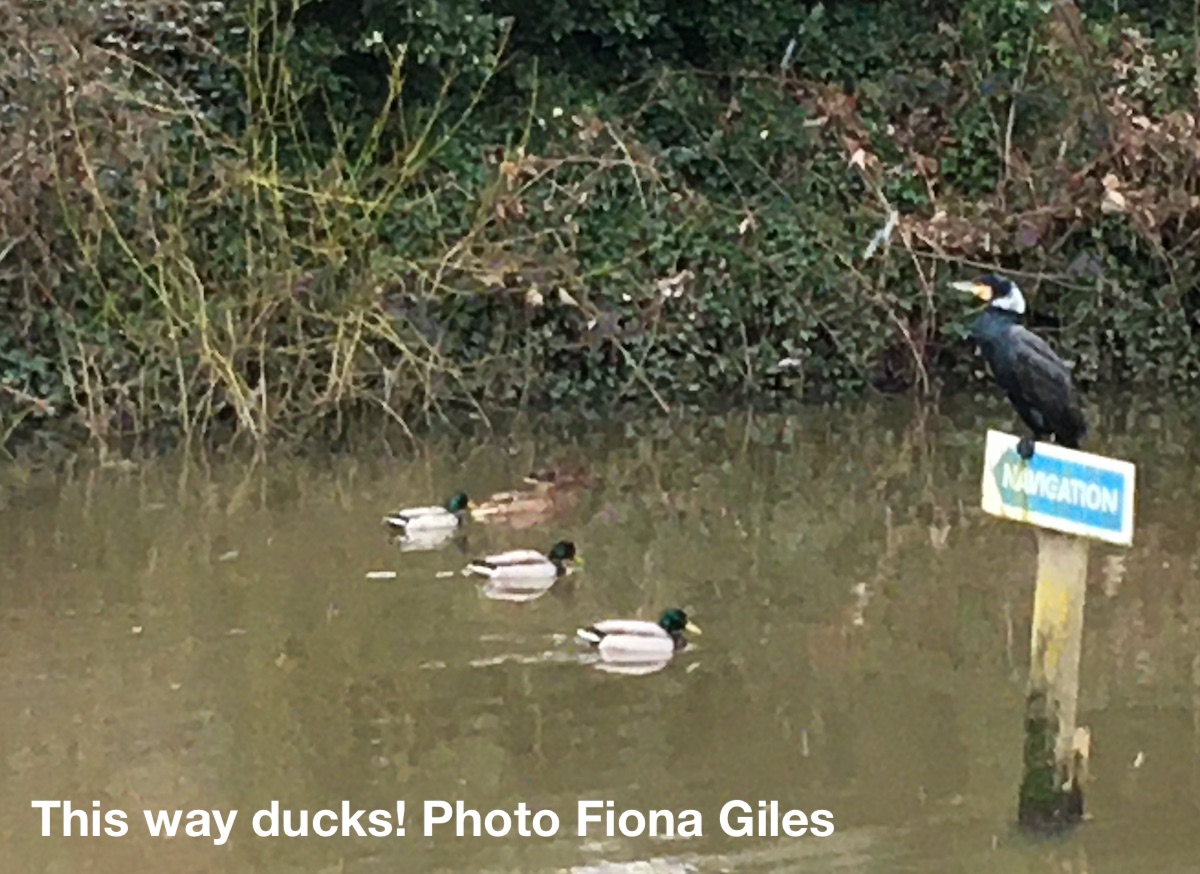


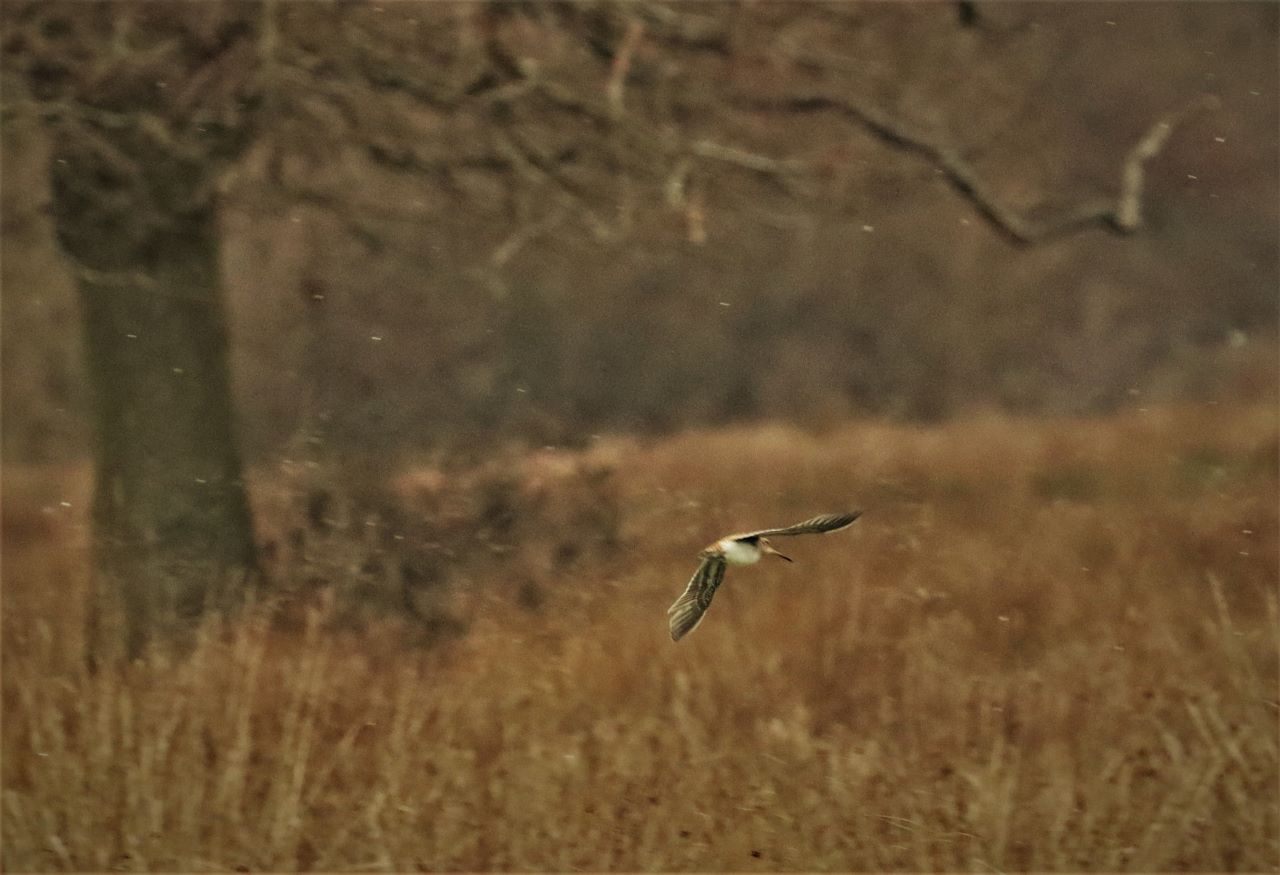
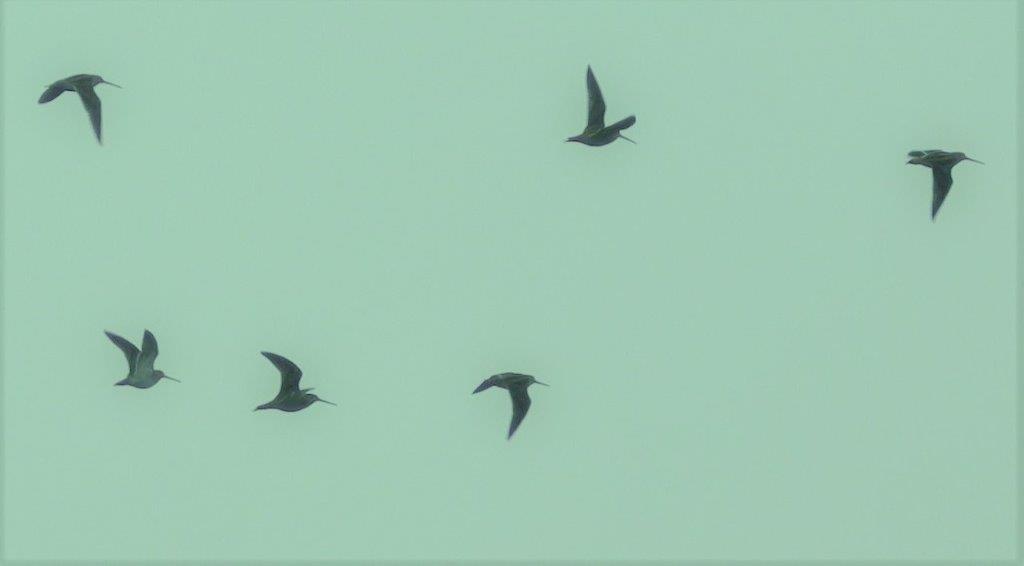




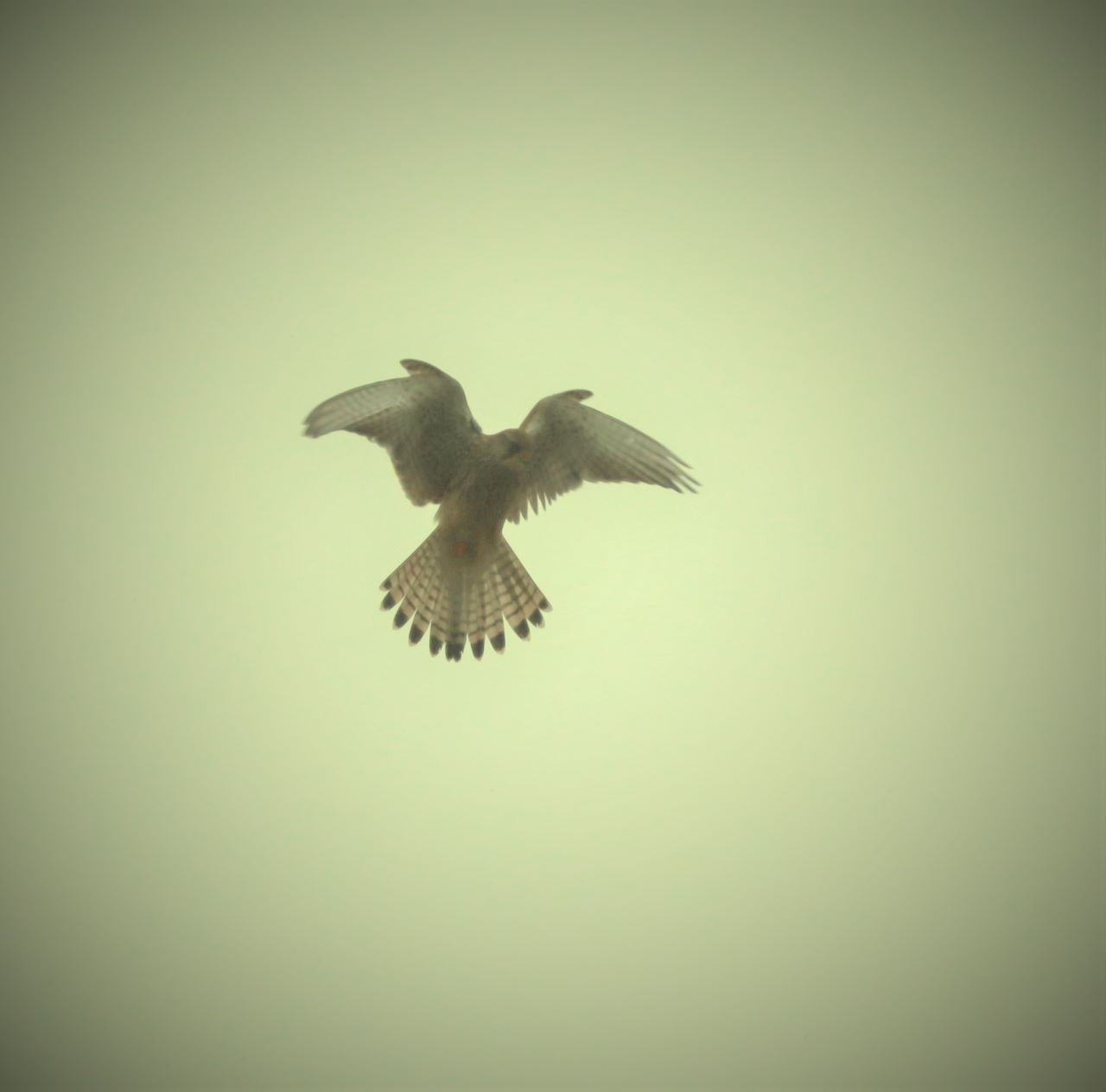
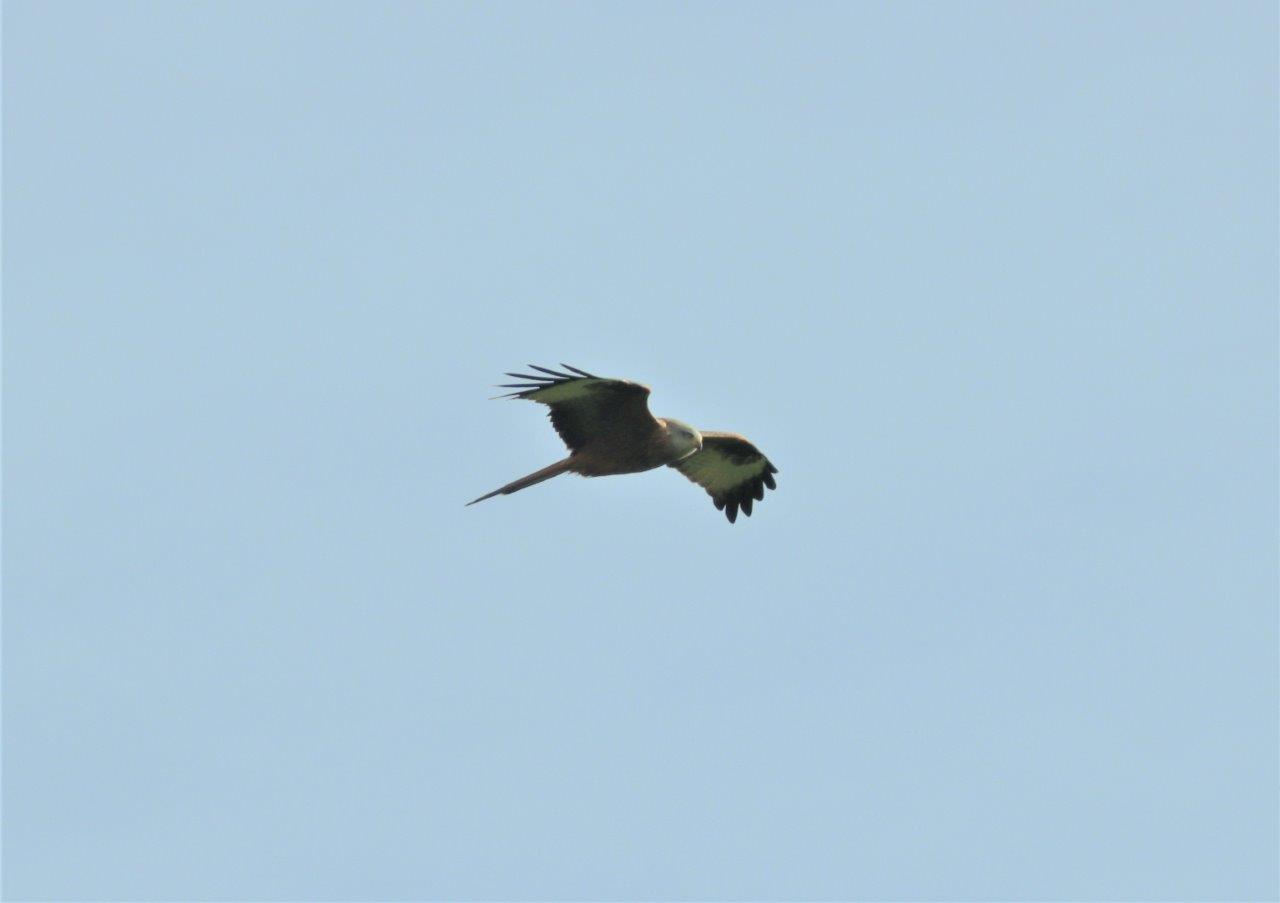
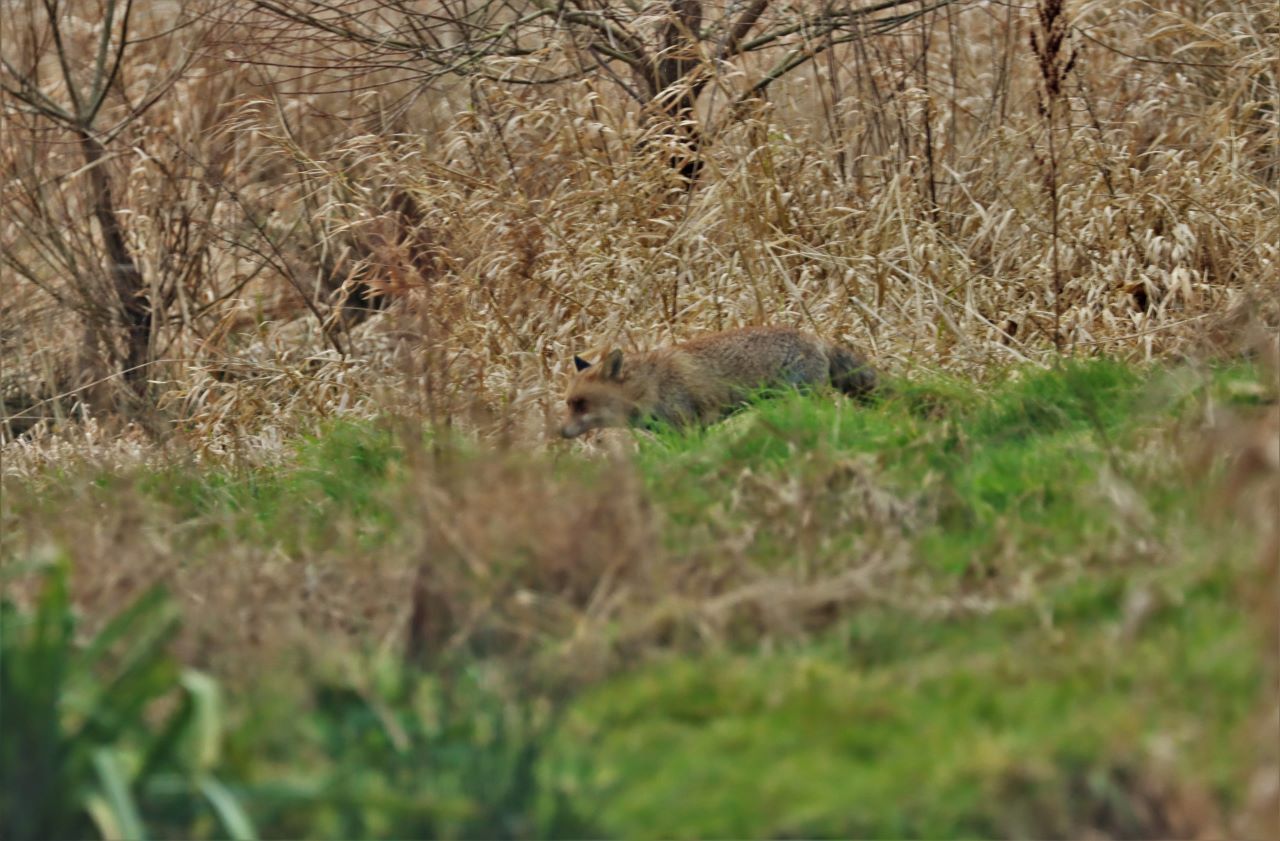
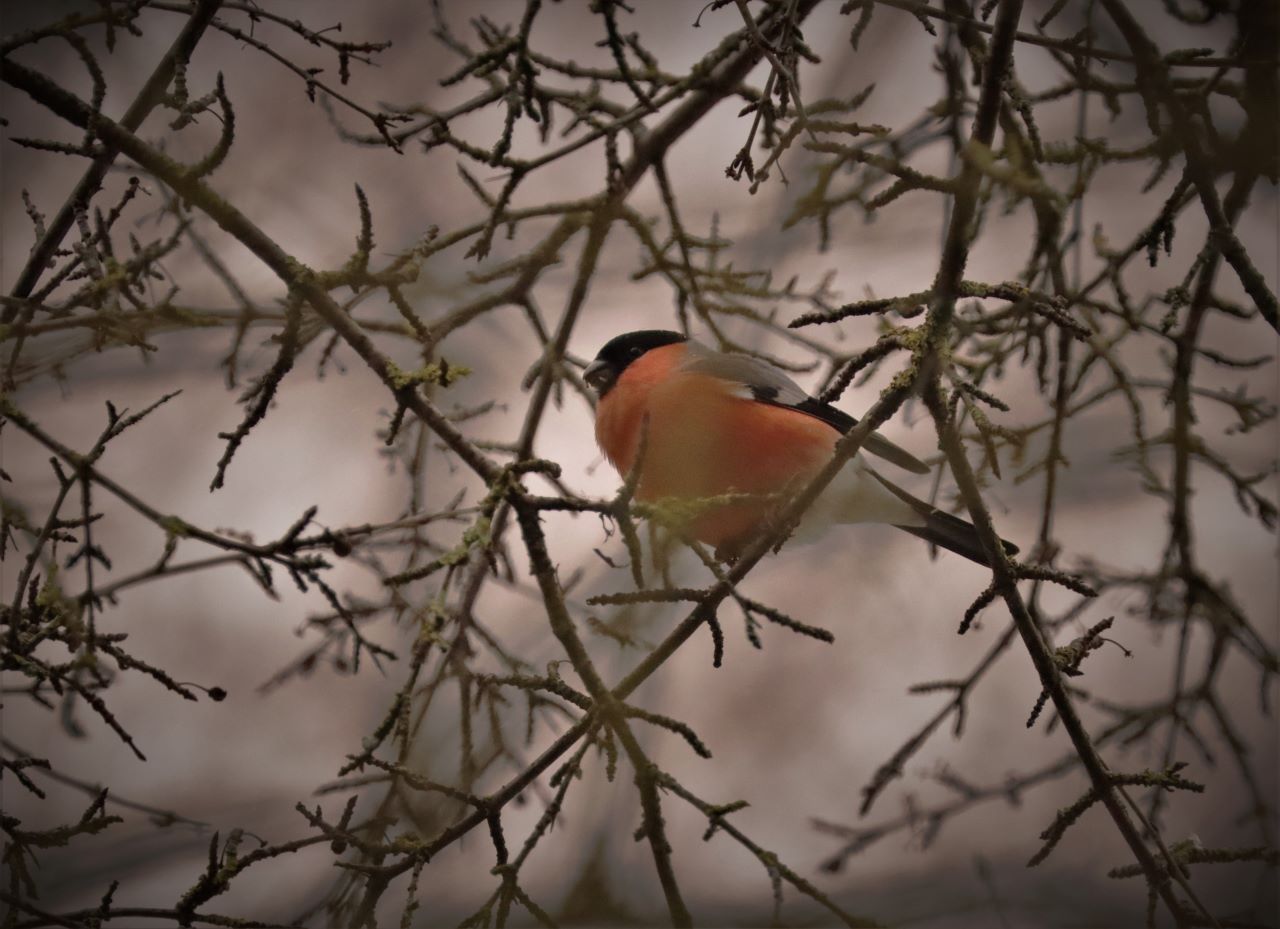
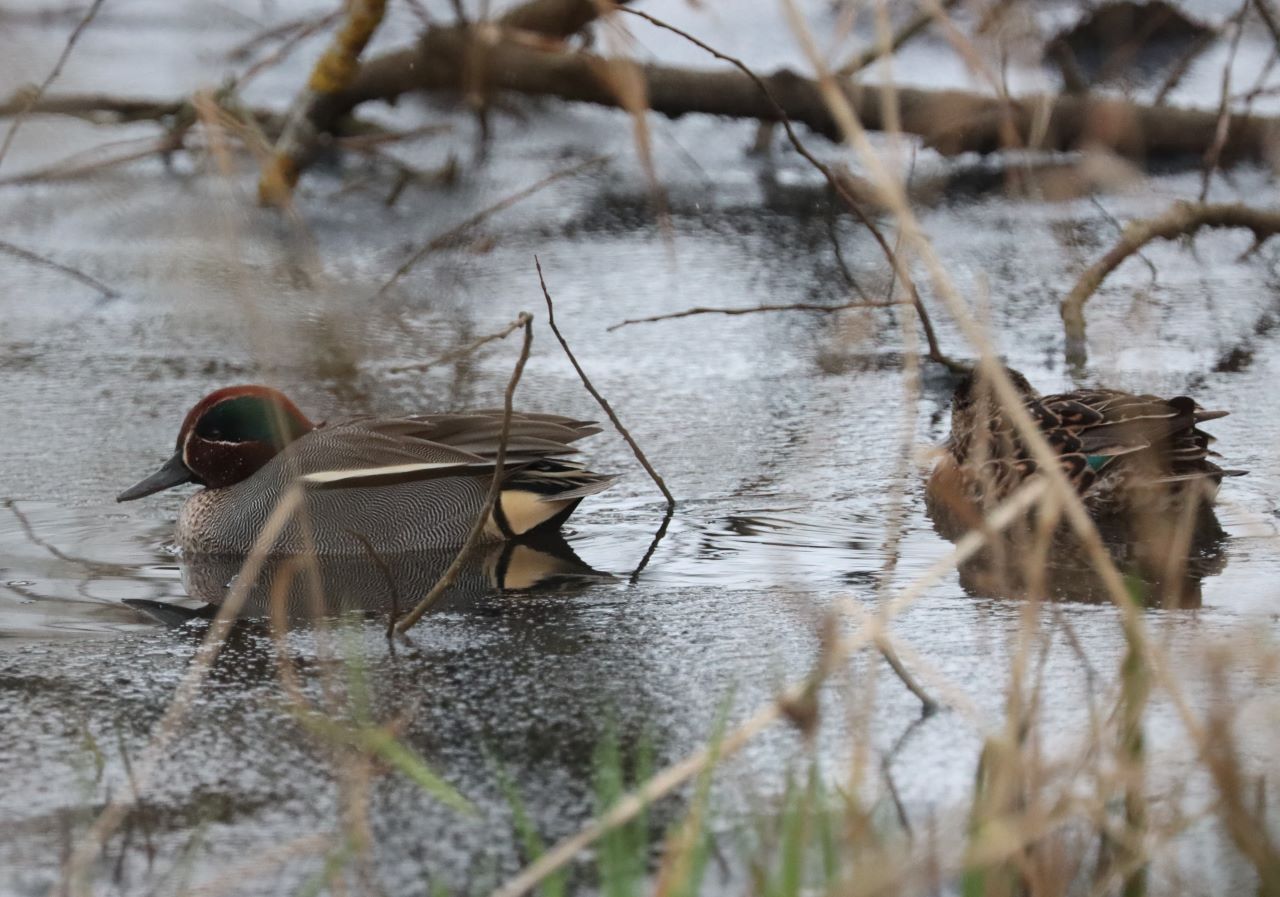
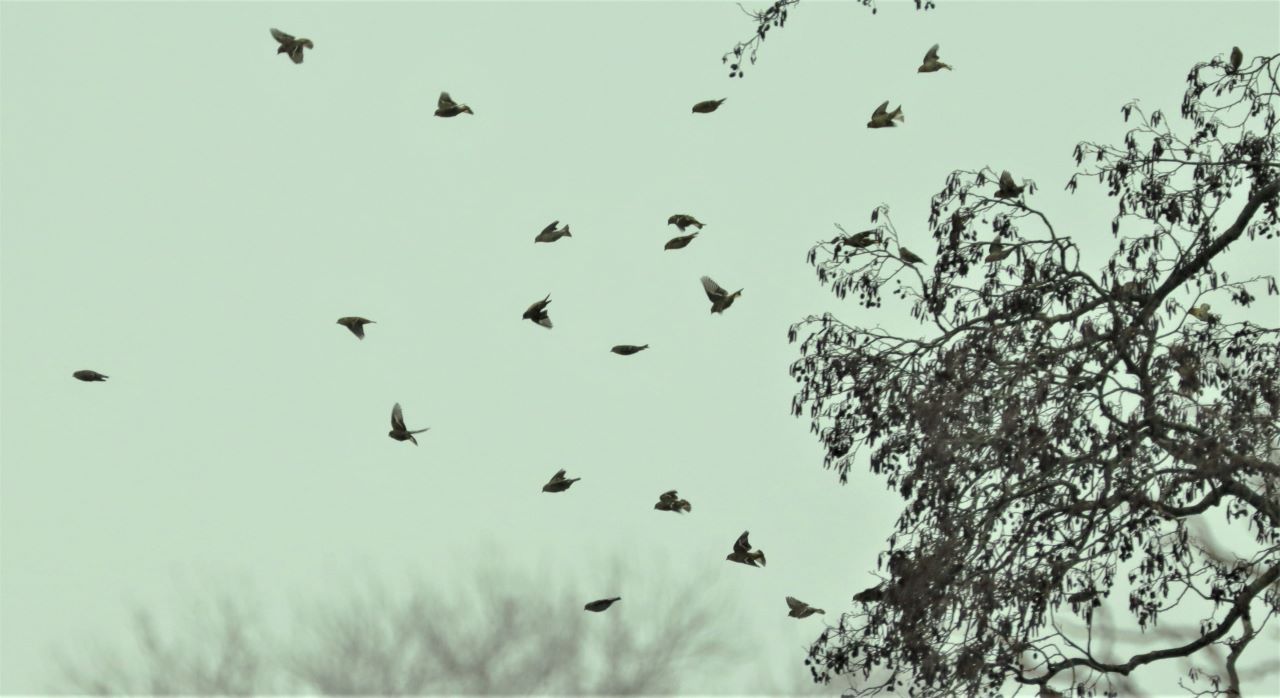

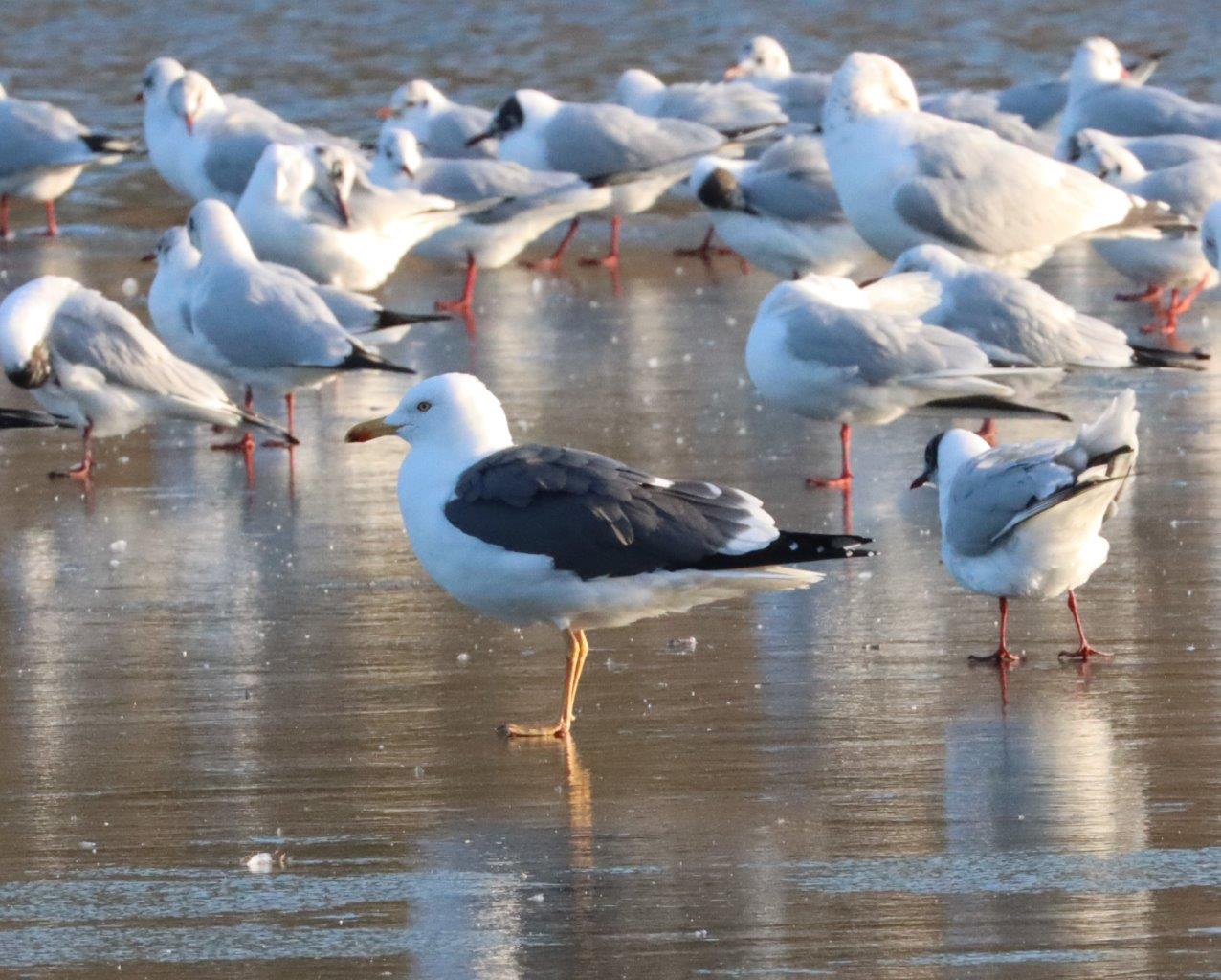
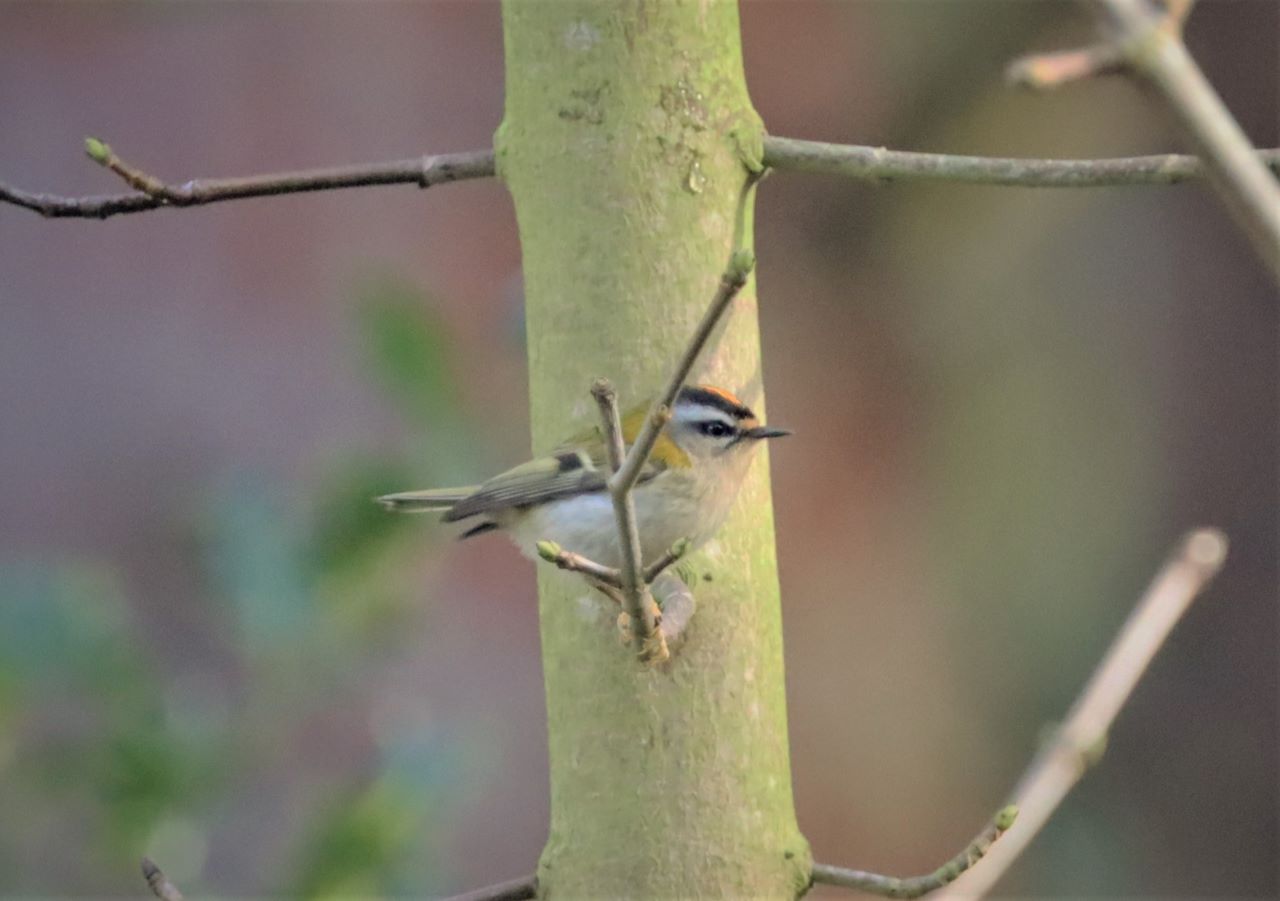
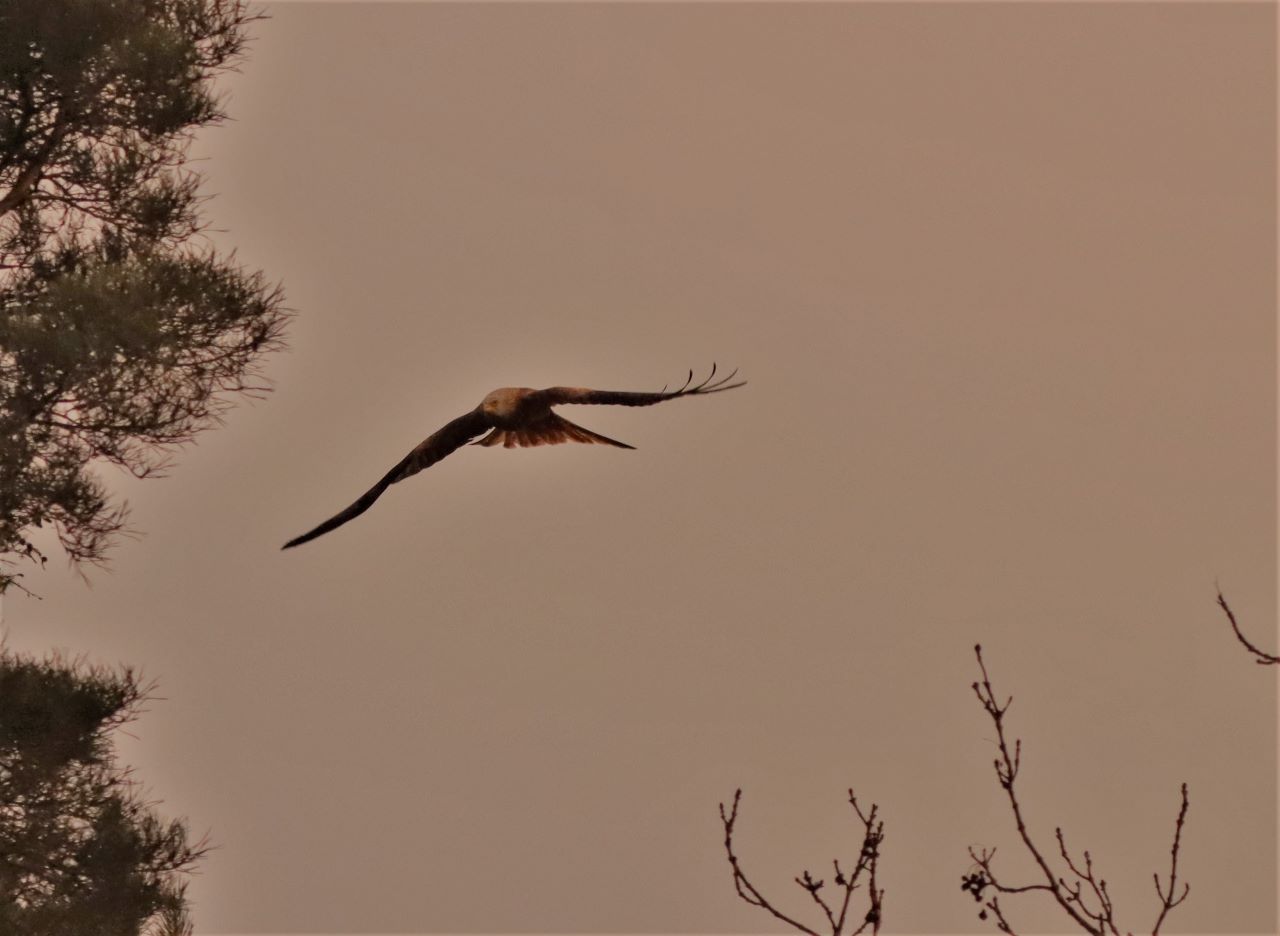

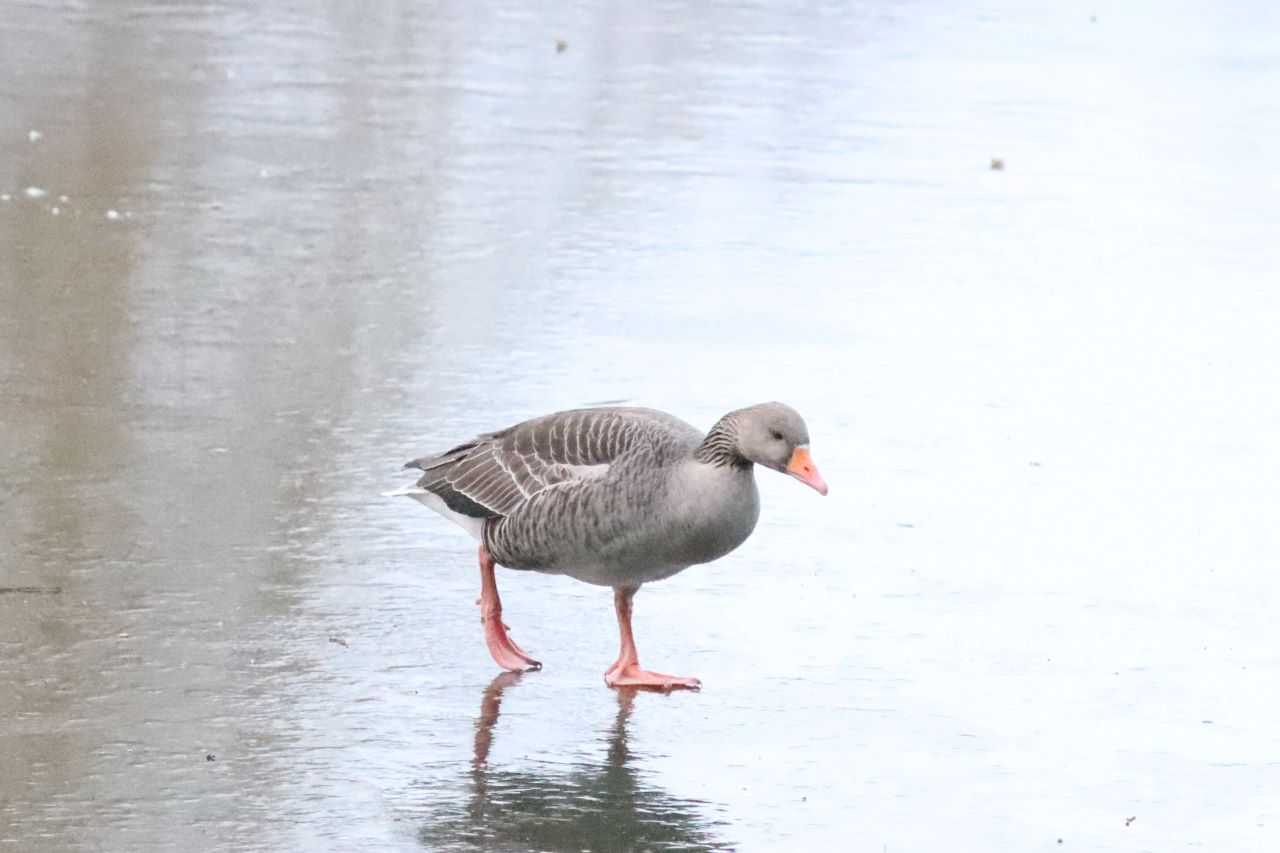
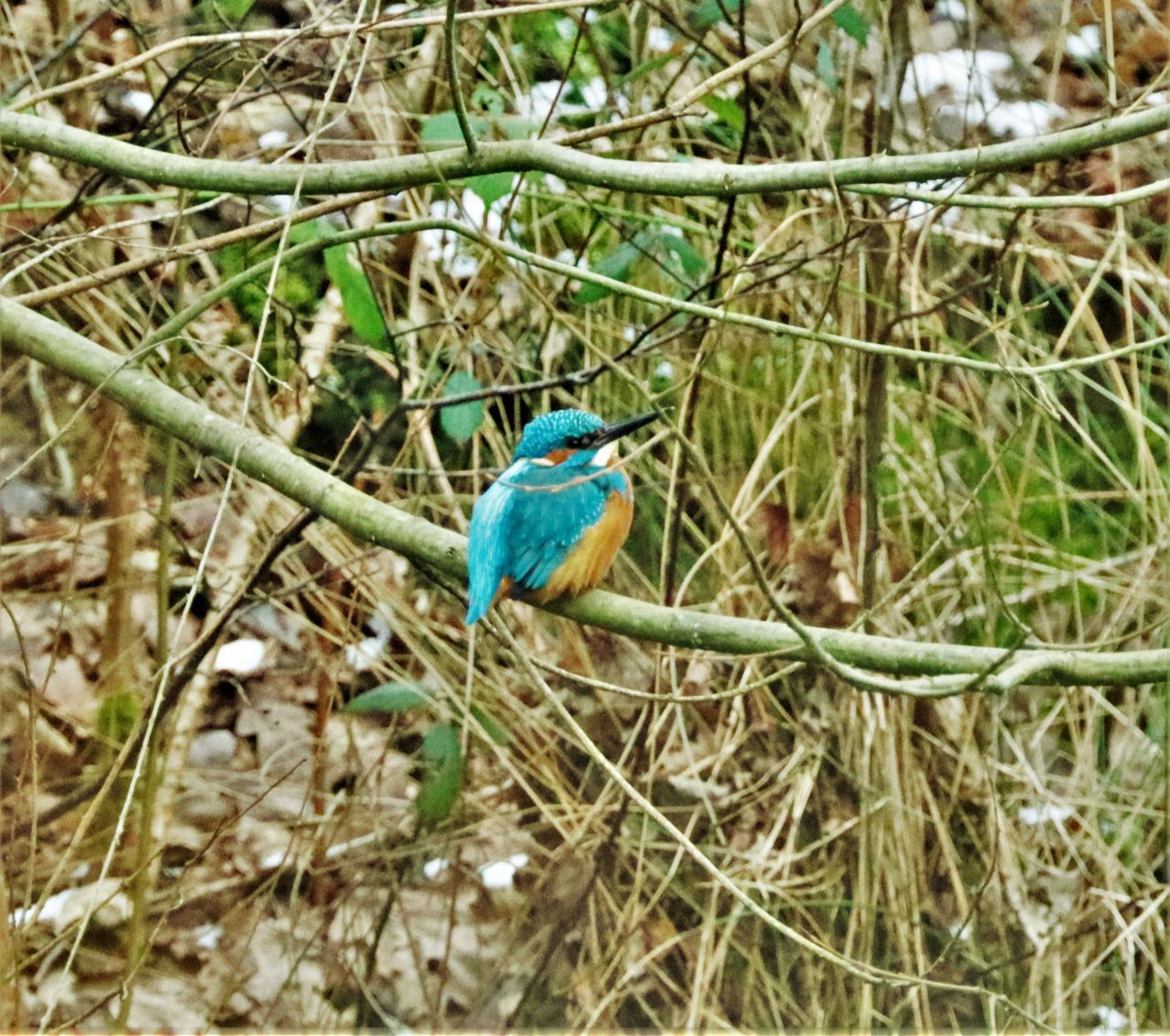
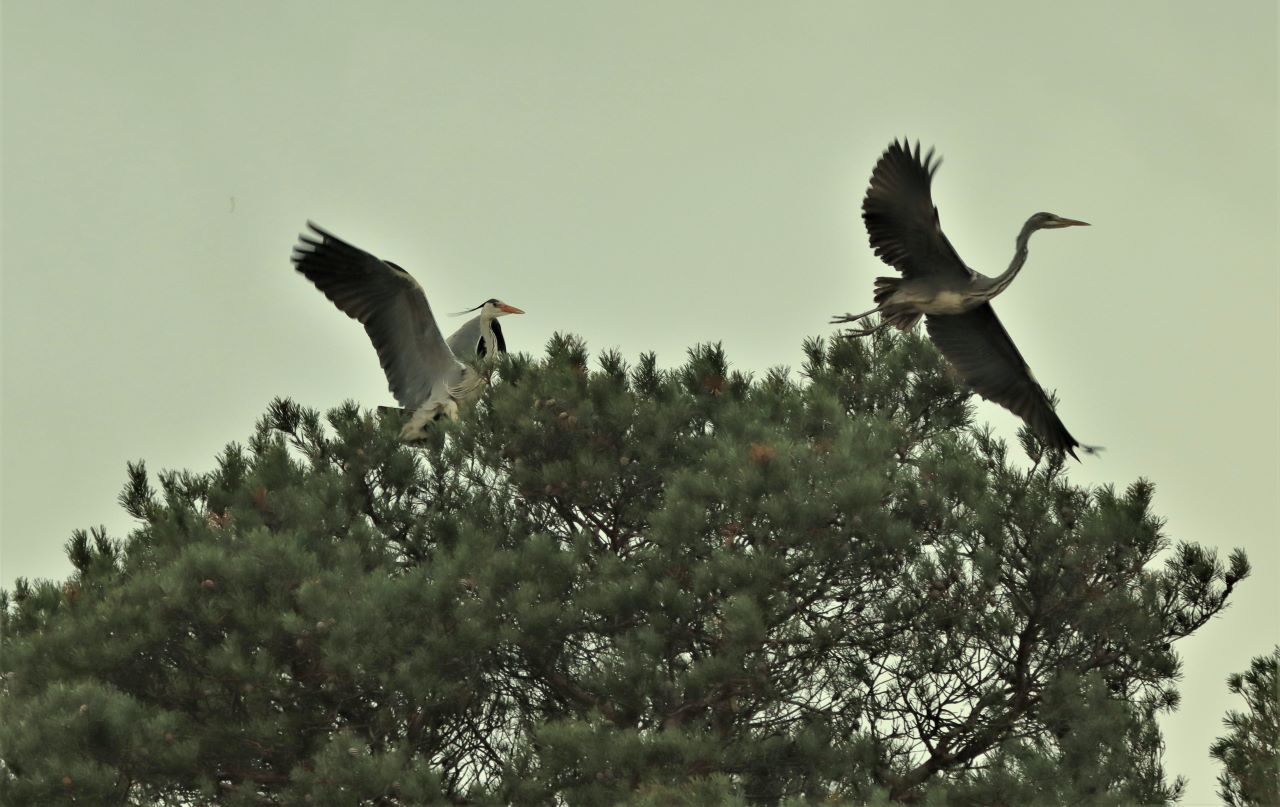
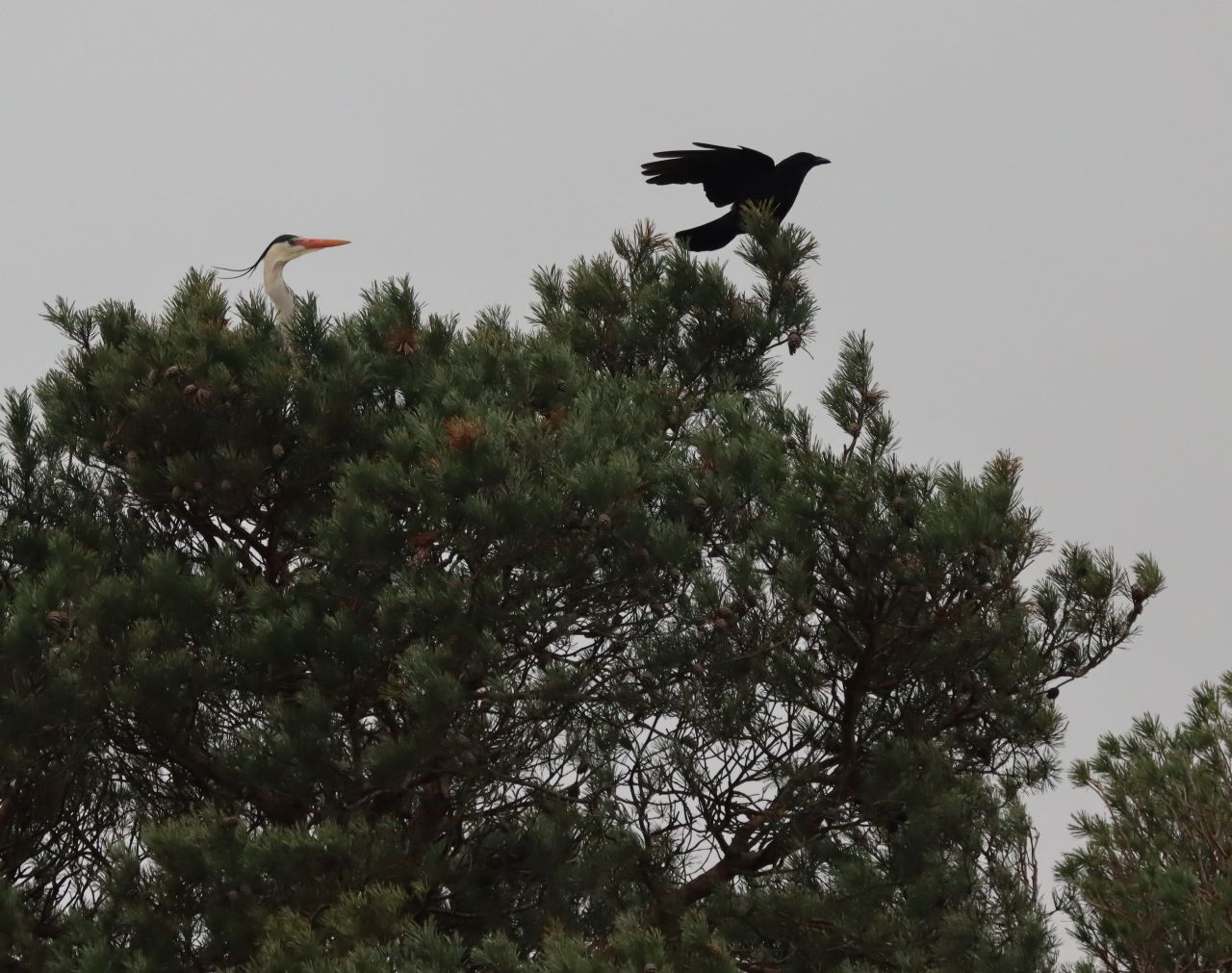
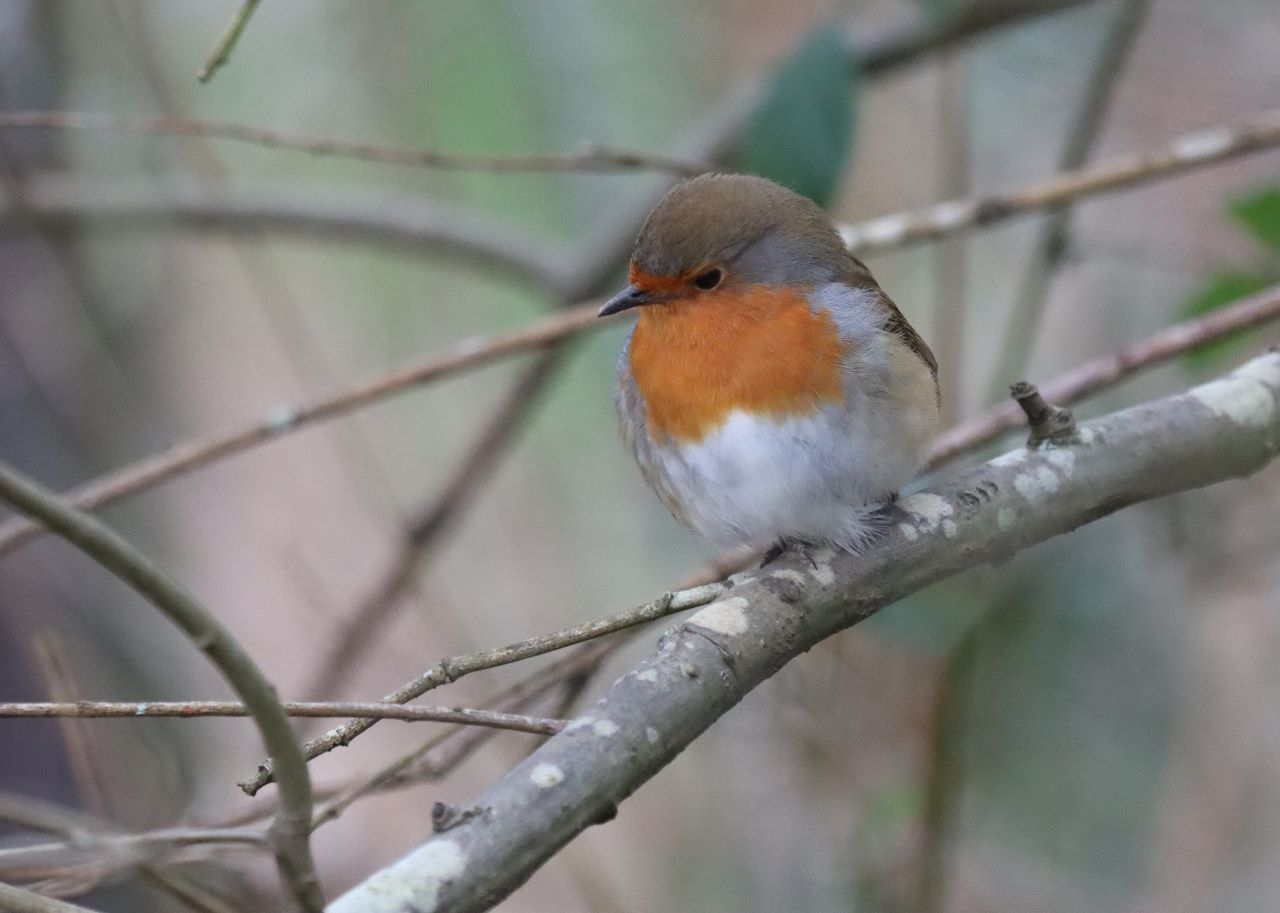
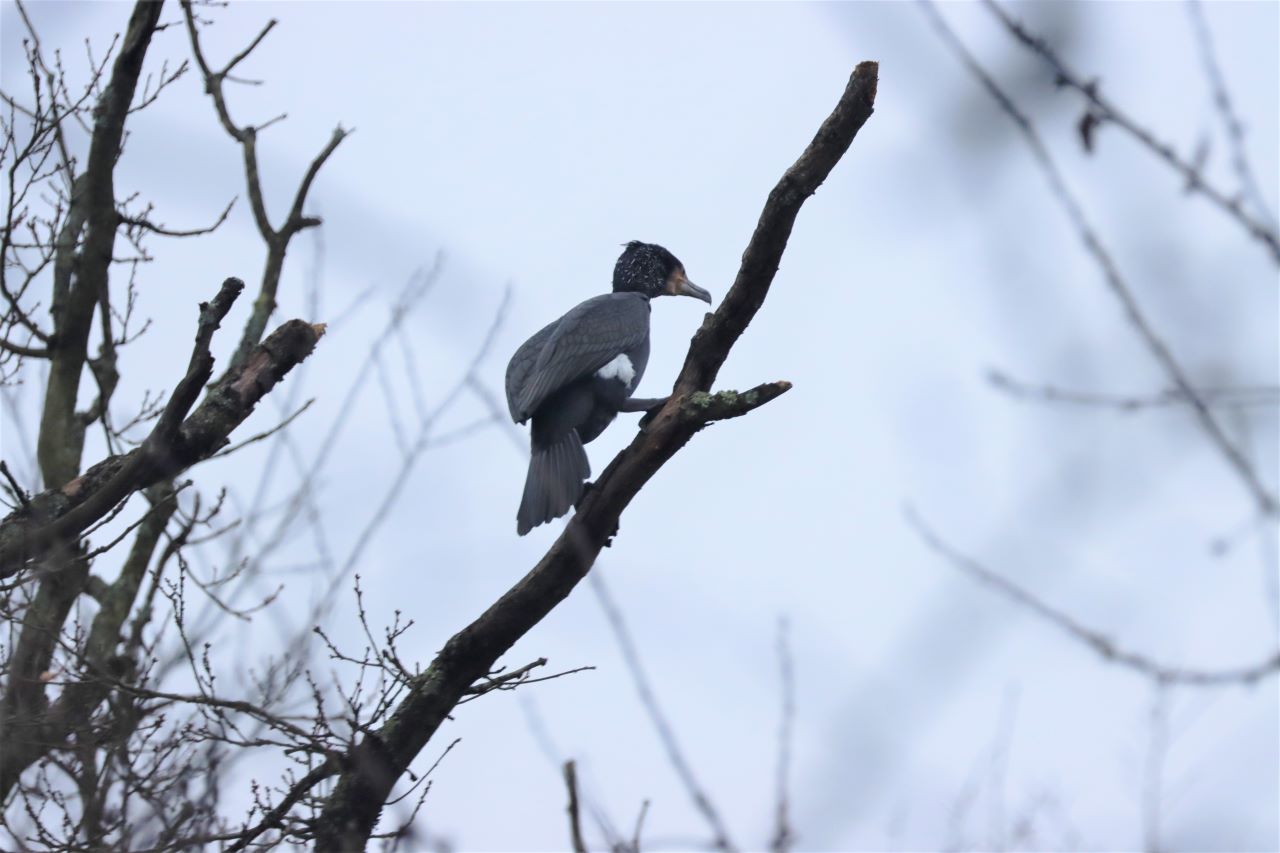

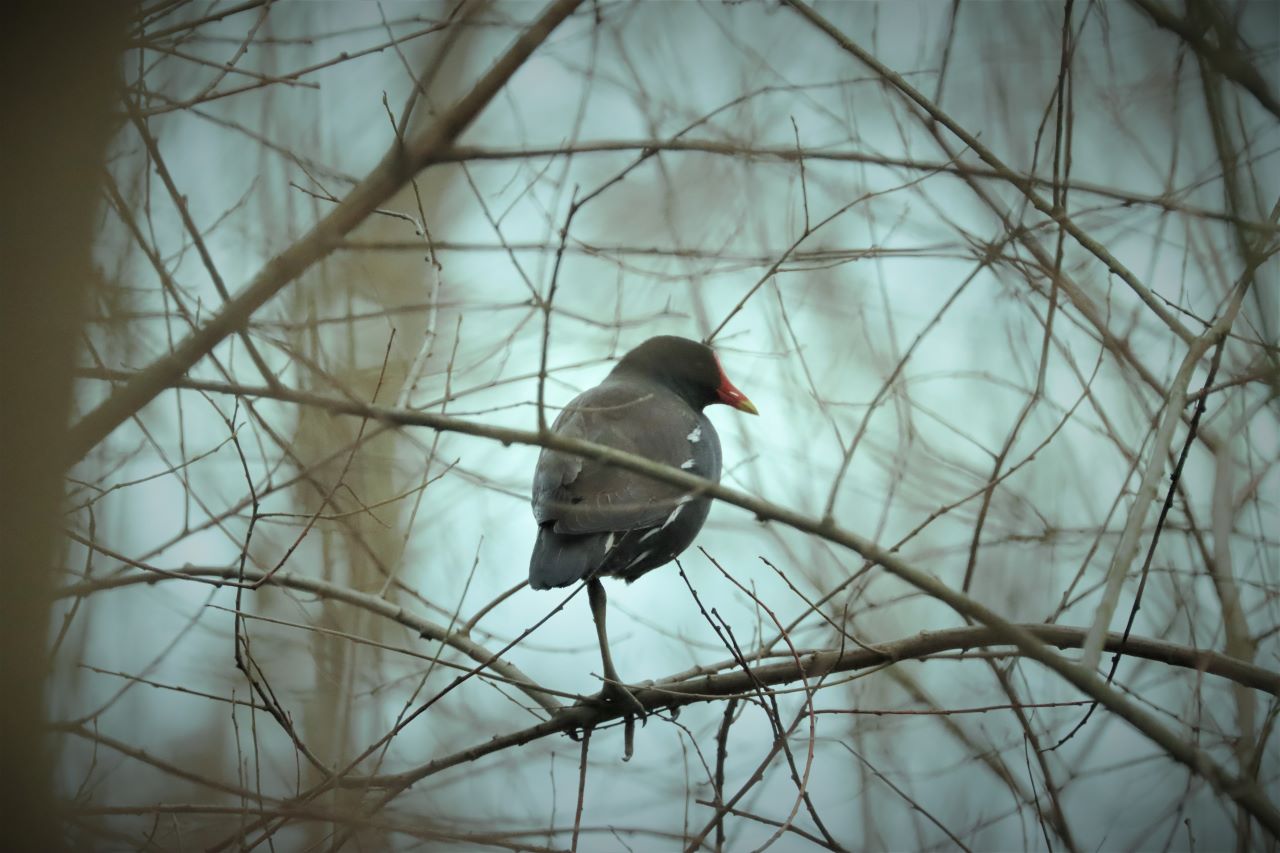
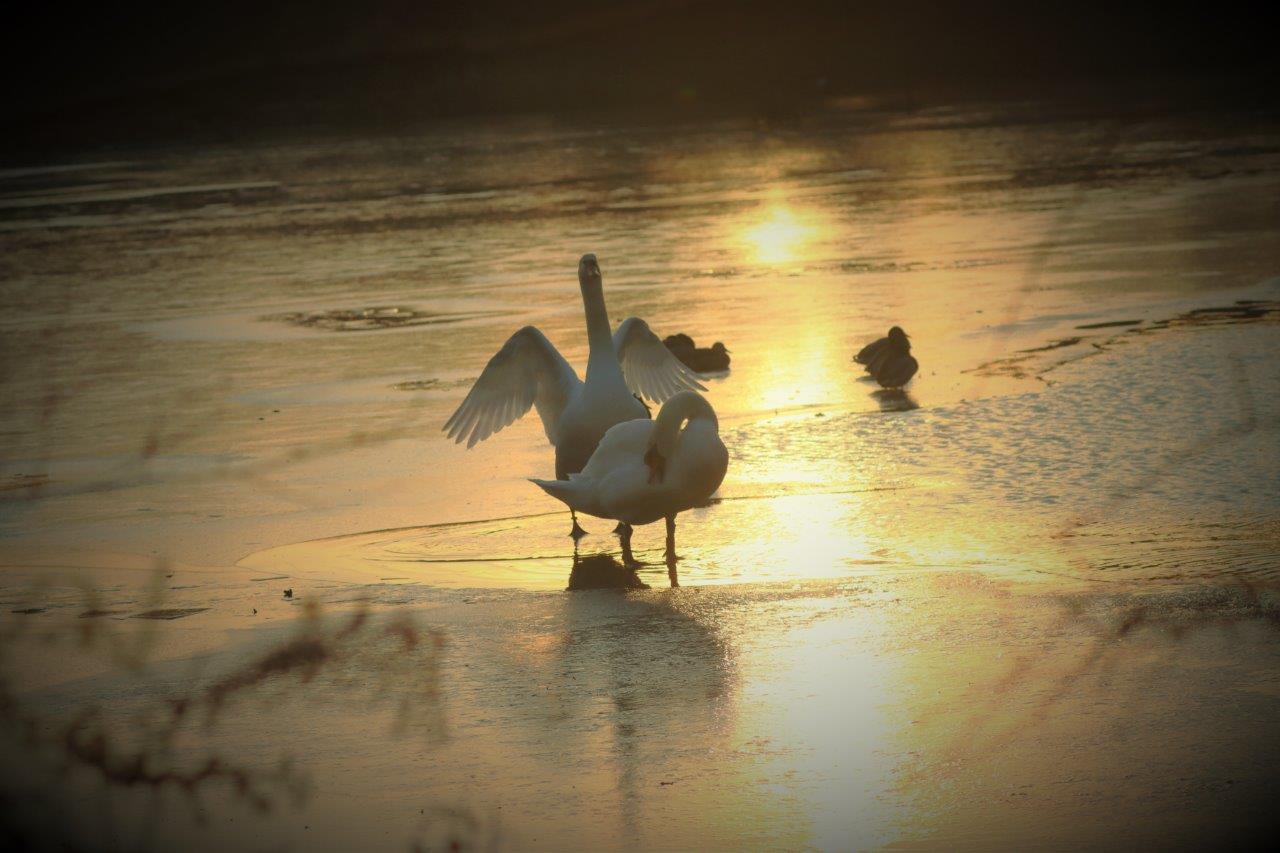

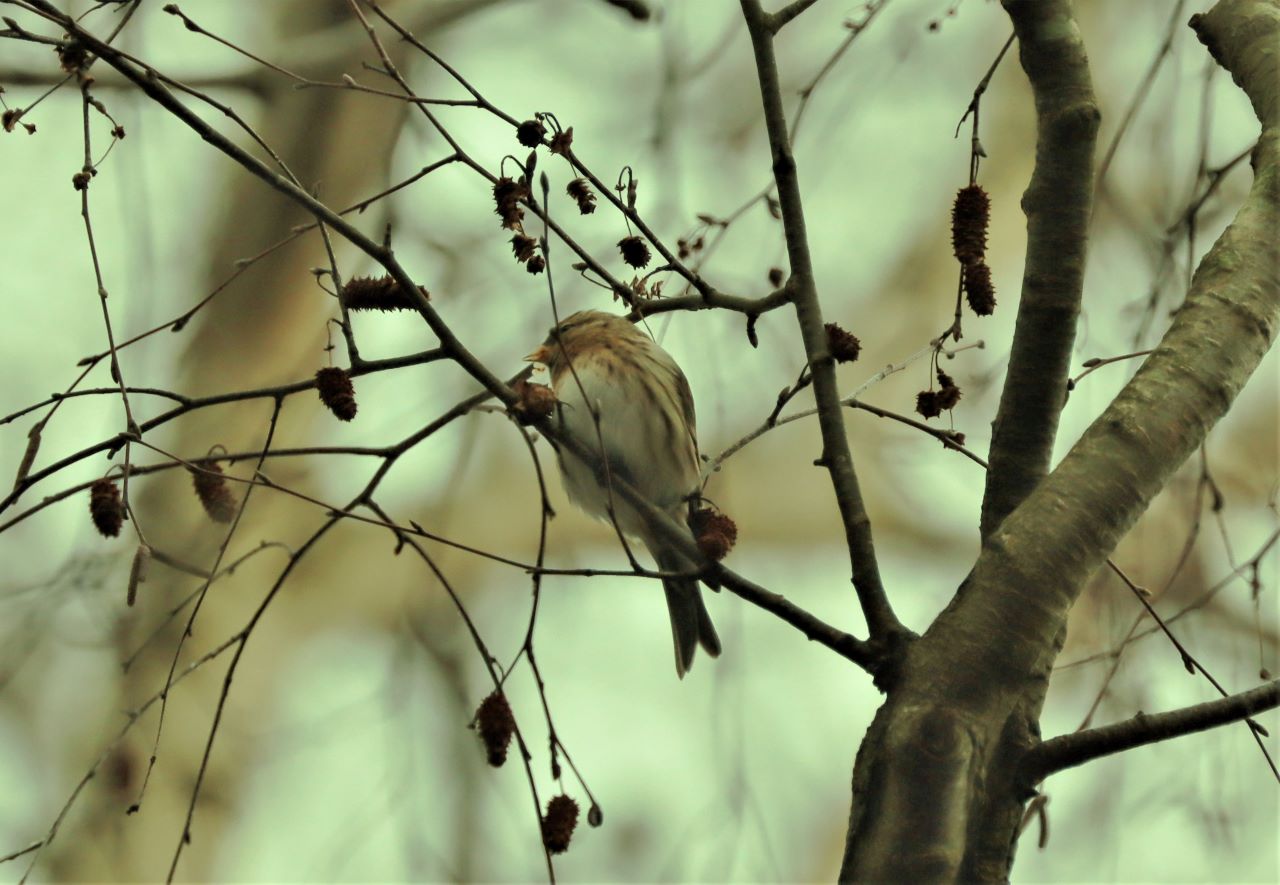
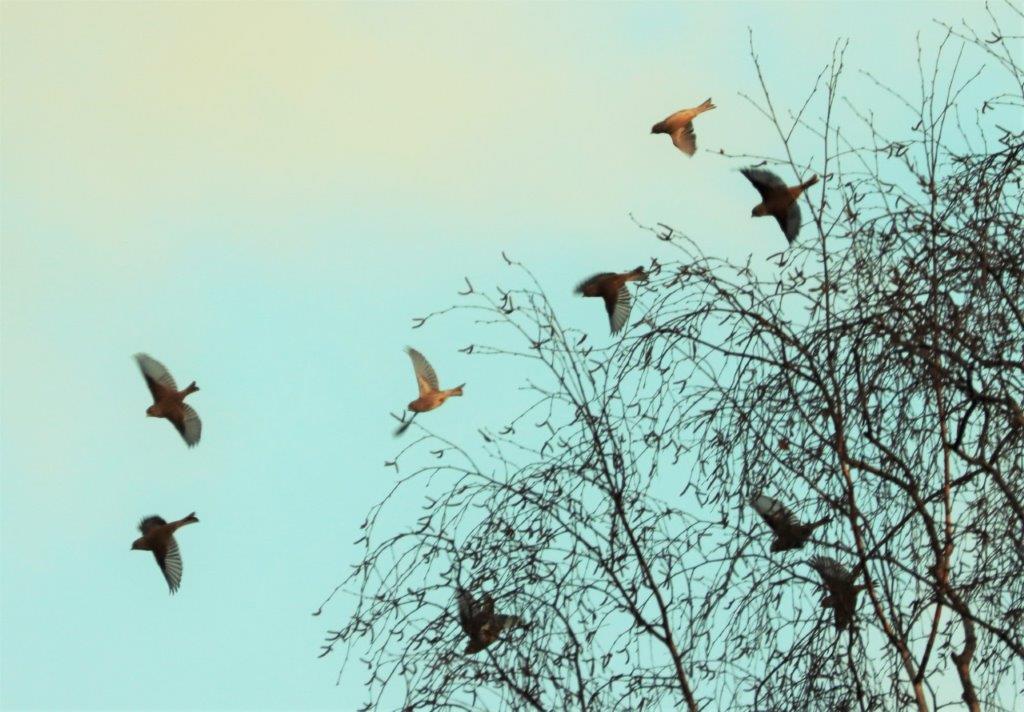




Recent Comments